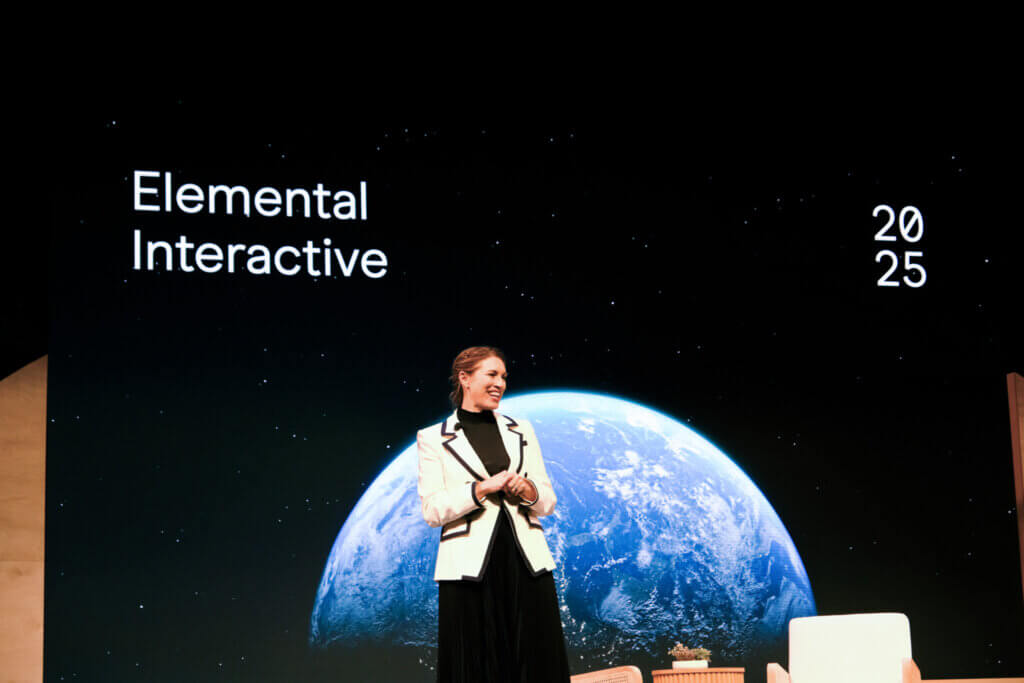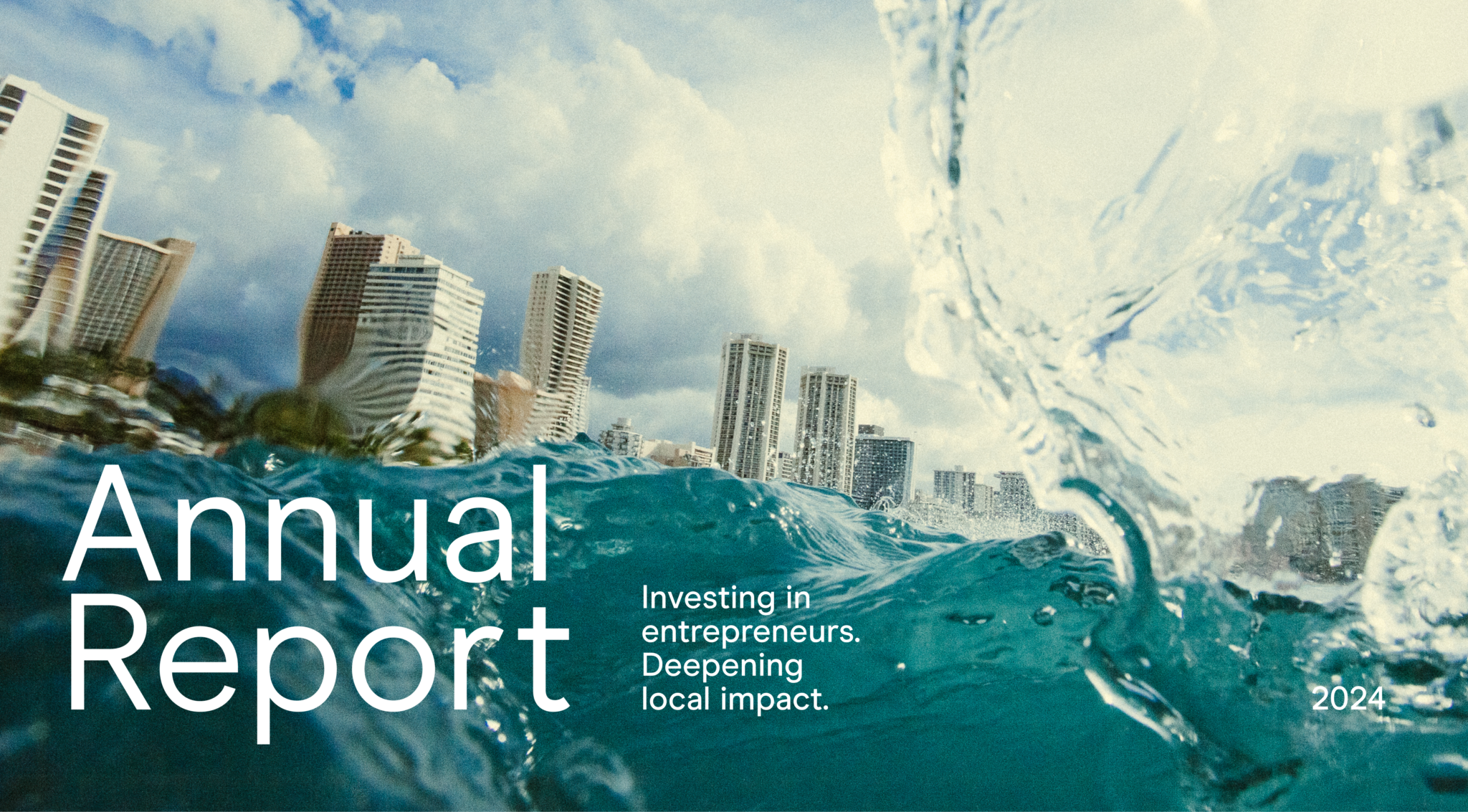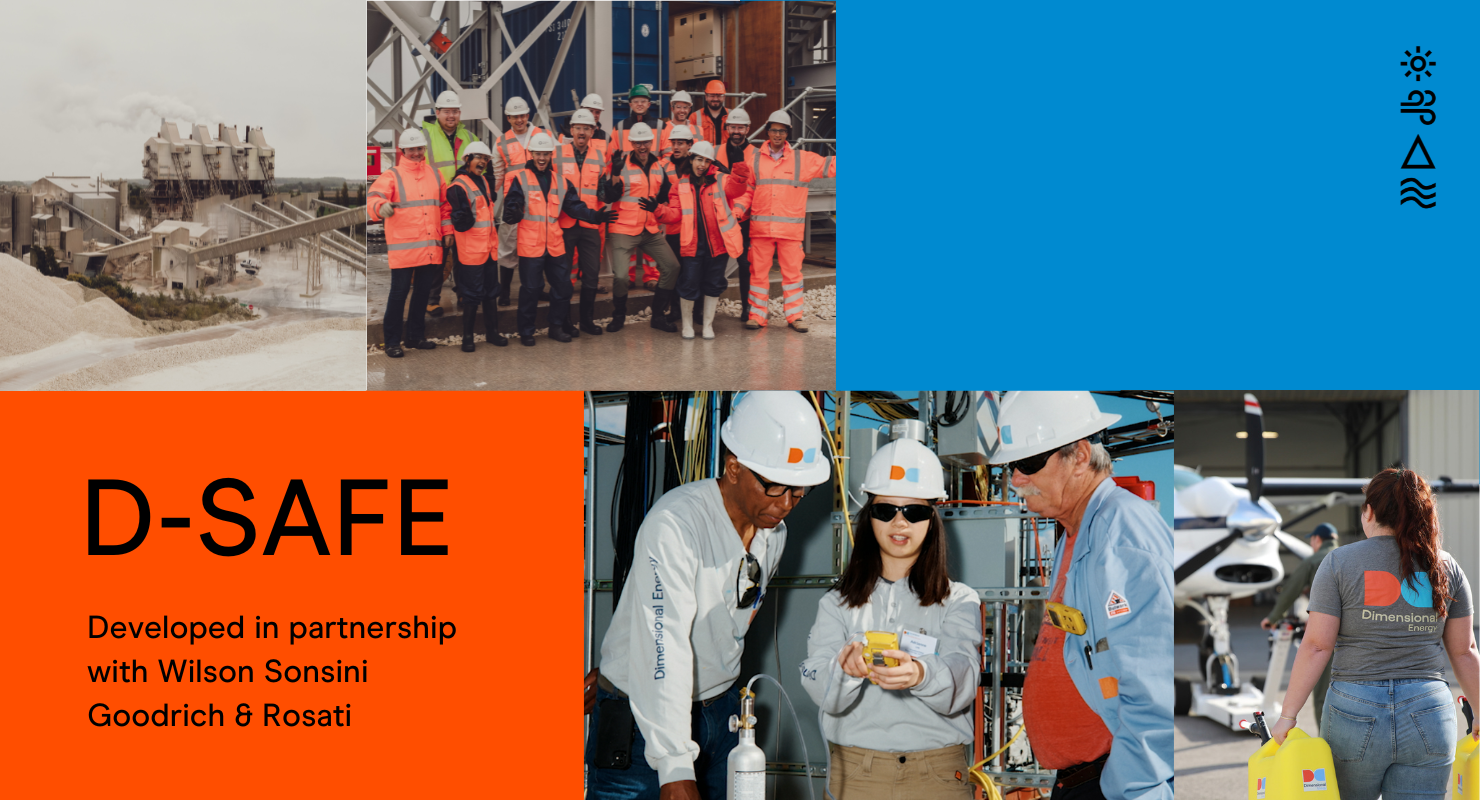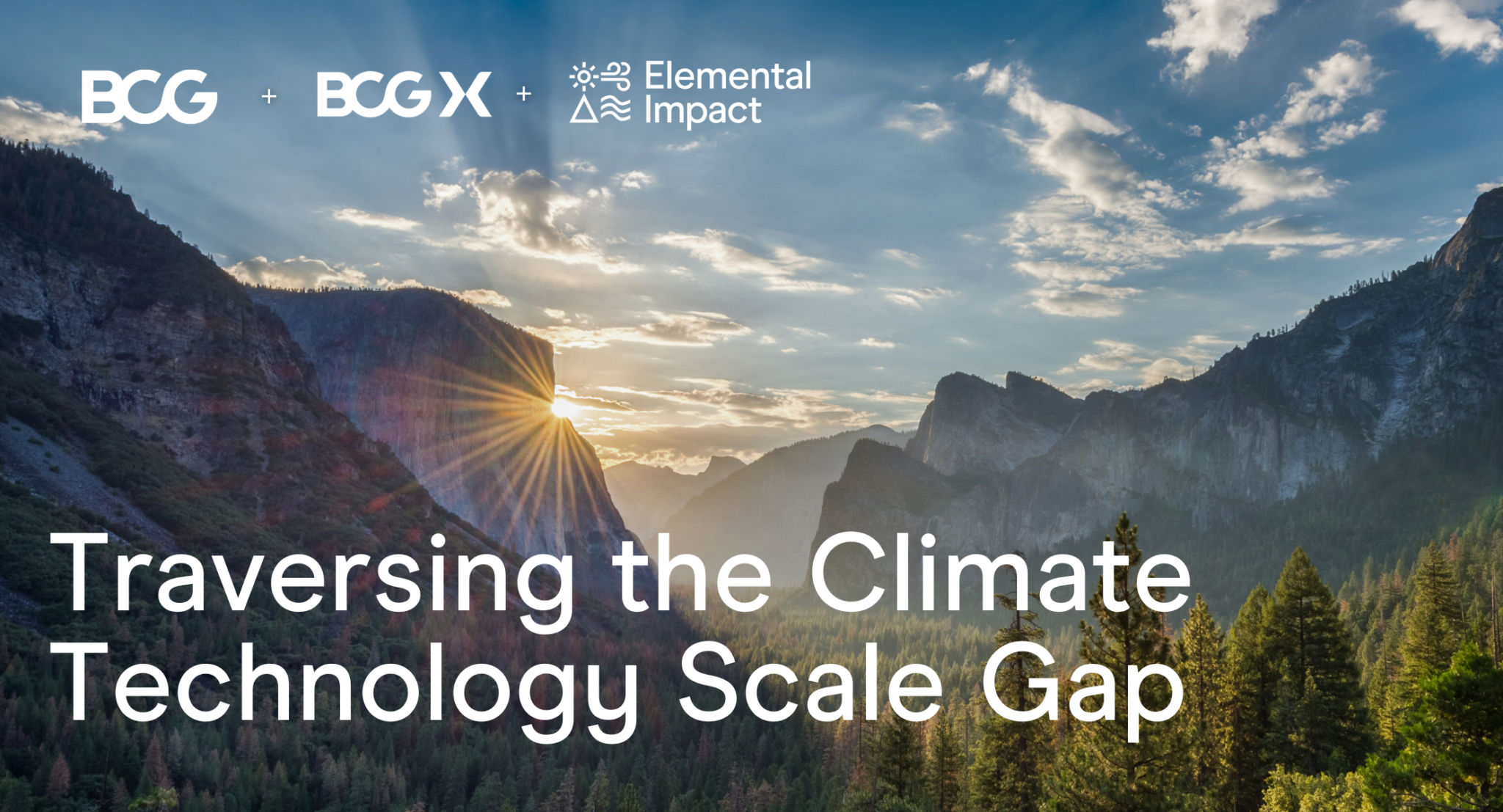
Adapted from Elemental Founder & CEO Dawn Lippert’s opening remarks at Elemental Interactive 2025.
This morning, my daughter reminded me that Earth Day is not a political day. She’s in kindergarten and like most kindergartners, they know instinctively that it’s about throwing away trash. It’s about taking care of our Earth. Planting new plants. It’s also a day of learning and taking care of our ʻaina – which, in Hawaiian, means land.
When it comes to innovation, we’ve observed that two things are true right now: On one hand, there is so much technology ready to scale. Over the last 10 years there has been so much innovation. There are hundreds of investors backing hundreds of companies that are now ready to take off. And are taking off. And on the other hand, there is limited capital and shrinking risk appetite.
Given the current uncertainty and really challenging market right now, we cannot afford to let this entire vintage of climate companies that built products and are nailing their product-market-fit to atrophy and struggle, just to start over again in four years. Now is the time we have to lean in and make sure that these companies succeed.
The demand for solutions like affordable electricity, energy efficiency, domestically produced materials, and local food is strong right now. And companies producing these are smart long-term investments in addition to being good for the environment. They’re also VERY good for the economy.
Investing $1 trillion into climate solutions delivers net economic benefits between $2 and $10 trillion. That is comparable to adding the GDP of Japan in terms of economic growth. [BCG, WRI].
These big numbers may seem abstract but we see these economic benefits on the ground as well – in jobs, in apprenticeships, in real benefits to people. As one poet said, “Little drops of water make a mighty ocean.” Our 15-year history investing in local projects has brought us really close to technology’s end users.
Our Investment Focus Areas for 2025
From my vantage point, there are three areas for technology investment that we see as really promising areas this year – where we see huge technology advantages that have specific local impacts. Yet there are still market failures in terms of scaling these solutions. These areas are our investment focus for 2025.
The first is energy.
Energy is an interesting place to invest right now. For two decades, energy demand was basically a flat line in the US and developed world. We’re now seeing AI change that. Estimates are that data centers are going to soak up between 7-12% of total US electricity demand by 2028 – in three years. And account for most of its growth.
And, at the same time, AI is pulling forward new energy infrastructure. What does this look like? A geothermal facility – like Fervo’s that we first invested in 5 years ago in Nevada. In normal times, it would take almost a decade to go through a typical utility procurement process – I’ve been through a bunch of these. Now, an energy technology like Fervo can come to market in a couple of years, and their customers are prioritizing speed over all else. This, for the first time, aligns energy innovators with their customers in a way we haven’t seen before.
When it comes to how data centers are changing the timelines for technology, we’re working on not only how they’re POWERED, but also how they’re BUILT.
___
This brings me to Elemental’s second area of focus. Industry.
Traditionally it’s been really hard to commercialize new industrial and building technologies. Even though there’s been a lot of really good innovation, buildings and real estate can be challenging customers. Last year for instance, we partnered with Microsoft to source tech from 50 companies to speed up everything from low-carbon concrete deployments to biological building materials and now those projects are getting started and rolling out.
Industry as a category for climate has been under- invested in. While it accounts for a quarter of global emissions, the sector only gets about 8% of climate investment [PWC]. This is an area where catalytic capital can make a big difference.
___
The third area that we’re investing in this year is one that both has a huge IMPACT on climate AND is AFFECTED by climate. It’s a kitchen table issue, it’s food and agriculture.
This accounts for 22% of global greenhouse gas emissions, but attracted only about 8% of climate investment last year [PWC]. Another under invested sector. We’ve invested in 25 food and agriculture companies over the last decade, including 6 new ones last year. And they’re doing really well. They’re addressing sticky issues – from fertilizer to plant proteins to crop loss, which costs the economy over $200B annually [Thompson Reuters Foundation].
We chose these three areas because they’re super important to solve for climate change and for catalytic capital because they’re under-invested in right now. They need catalytic capital and surgical support to overcome market failures. A lot of these market failures fall into what we call the Scale Gap. These are often companies that raise seed or Series A but they really hit a wall when they’re looking to scale. This is core to how Elemental works. These gaps are real but, working together, it’s possible to solve them.
Supporting Innovation Through the Scale Gap
We have found that companies need three things to traverse this gap: Catalytic capital, project expertise, and local partners to get there.
I want to touch on each one because the market has changed so much since last year. And we think what’s needed is slightly different this year too:
- Catalytic capital. Our work has always been about using philanthropic capital to surgically unlock public dollars and private investment. In this moment, we are very focused on mobilizing private investment. Last year, Elemental invested in 36 pioneering entrepreneurs in both new and follow-on rounds. And, for every dollar invested by Elemental, our companies unlock 100x.
- Expertise. PRODUCT brilliance doesn’t necessarily guarantee PROJECT success. What we’re seeing now to get these projects built and financed – they need tight finance and expertise and commercial offtake. Financing and building a facility requires different expertise than inventing a product, and we’ve been providing more financing coaching than in any year prior to help companies navigate the changing market.
- Local partnership. Savvy developers know that authentic local partnership derisks early projects for investors. To date, Elemental companies have worked with more than 2,500 local partners, including transit operators, farmers, electricians, community colleges, and labor groups. And this spring alone, we have 10 ribbon cuttings and groundbreakings with Elemental portfolio companies coming up to see what progress looks like on the ground.
This recipe of catalytic capital, expertise, and local partnership makes a real difference to entrepreneurs. We have seen that our companies are almost 2.5x more likely to survive from early to commercial stages to a typical company in this space. And it’s not because we’re particularly special. It shows that these ingredients are needed and the market alone doesn’t provide them.
What we’ve heard from companies is that in tough times and tough markets like this one, catalytic capital, risk taking capital, is even more important. We think this is the absolutely most important time for philanthropy to lean into funding projects and innovators.
Our ecosystem – all of us – we’re a living map of shared experiences and shared risk. This is what we need everyone doing. We need to keep mobilizing, donating, investing – and innovating.






